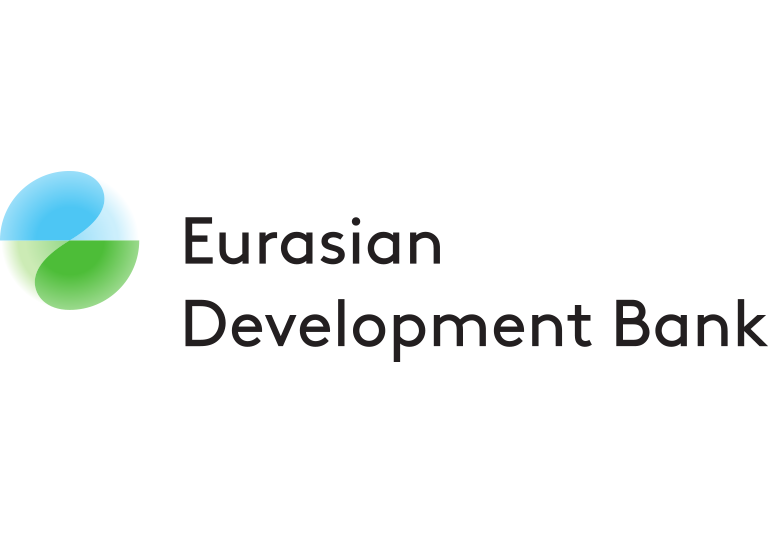BAKU, Azerbaijan, October 12. Turkmenistan has advanced its climate commitments through a series of national strategies and policy initiatives, Trend reports, citing data from the latest Eurasian Development Bank (EDB) report on carbon pricing policy opportunities in Central Asia and Azerbaijan.
The country revised its Nationally Determined Contribution (NDC) in 2023, setting a target to reduce greenhouse gas (GHG) emissions by 20 percent by 2030 compared to 2010 levels under a business-as-usual scenario.
The updated NDC prioritizes key sectors including energy, transport, agriculture, industrial processes, and waste. Policy measures focus on improving regulatory and institutional frameworks, implementing financial and tax mechanisms, developing national GHG monitoring systems, and promoting energy efficiency. These efforts are aligned with long-term socio-economic development programs, such as the National Program of Socio-Economic Development (2011–2030) and the Presidential Program on Socio-Economic Development (2022–2028).
Turkmenistan’s energy sector remains the largest source of emissions, particularly methane from oil and gas operations. The government has undertaken initiatives to modernize infrastructure, optimize energy use, and strengthen industrial safety and monitoring systems. While carbon pricing mechanisms are not yet planned, steps like establishing a comprehensive MRV (monitoring, reporting, and verification) system are paving the way for future climate policy development.
The country also joined the Global Methane Pledge, committing to reduce methane emissions by 30 percent from 2020 levels by 2030, and continues to expand international cooperation on energy efficiency, renewable energy, and environmental protection. Despite substantial fossil fuel subsidies, efforts to improve energy pricing and support renewable energy adoption are ongoing.







